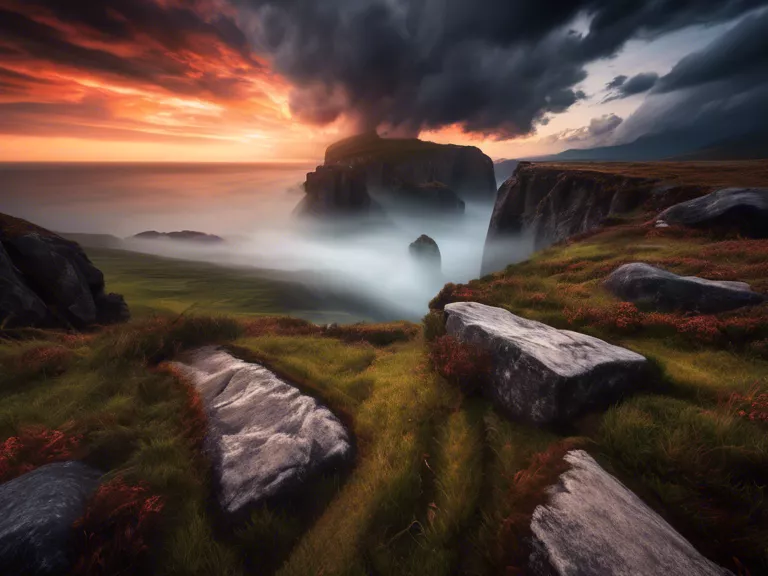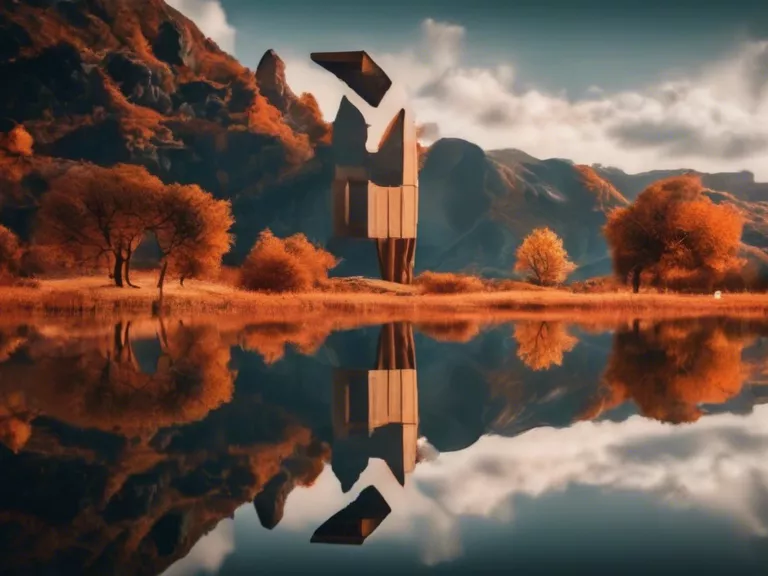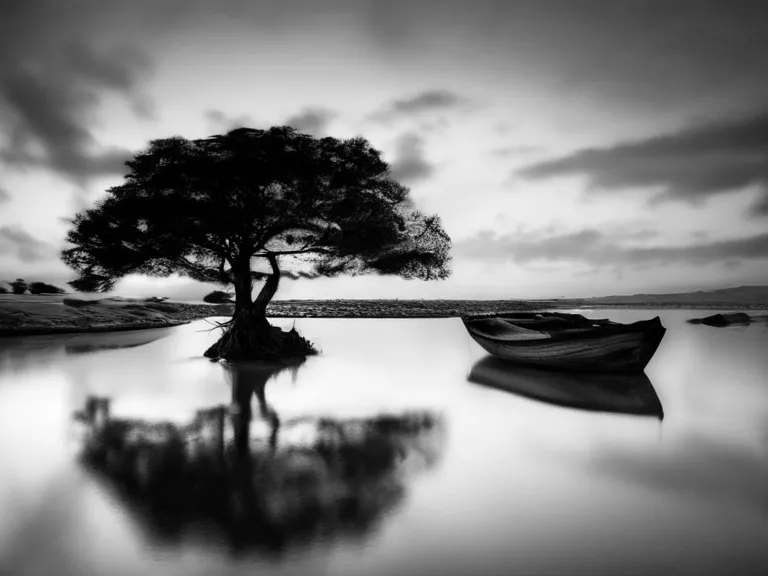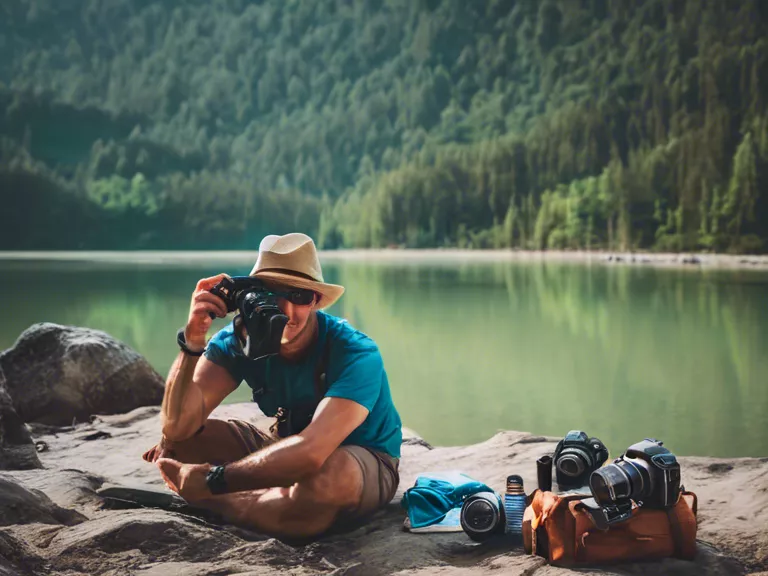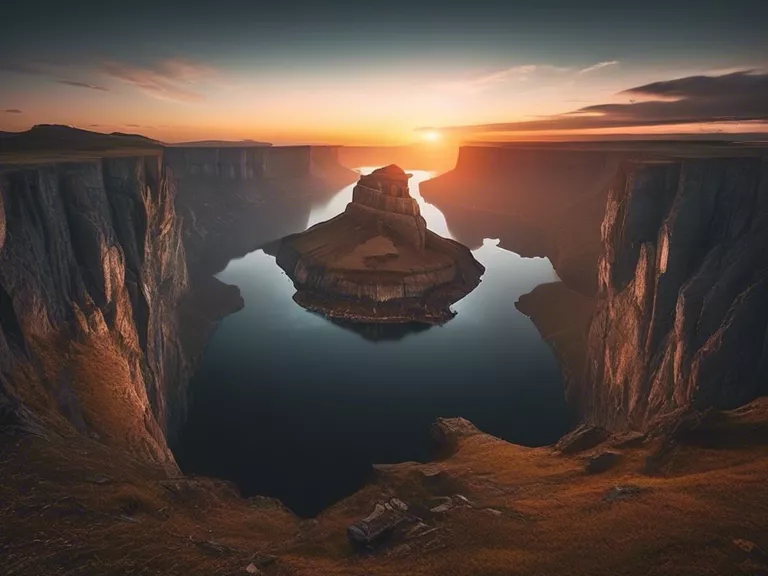
Imagine standing on the edge of a breathtaking vista, camera in hand, ready to capture the beauty of the landscape before you. You want to convey the vastness and depth of the scene, to transport your viewers into the very heart of the moment. How do you achieve this with your landscape photos? The answer lies in using perspective to create depth.
One of the most effective ways to create depth in your landscape photos is to use leading lines. Leading lines are elements in your composition that draw the viewer's eye into the scene, encouraging them to explore the image further. These lines can be roads, rivers, fences, or even the natural lines created by the land itself. By positioning yourself in such a way that these lines lead from the foreground to the background of your image, you can create a sense of depth and dimension.
Another technique for adding depth to your landscape photos is to incorporate foreground interest. Placing an interesting subject in the foreground of your image can help create a sense of scale and perspective, giving the viewer a point of reference to understand the size and scope of the scene. This could be a rock formation, a tree, or even a person. By including a foreground element, you can add layers to your composition and create a more immersive experience for the viewer.
Additionally, playing with the concept of scale can help add depth to your landscape photos. By including elements of varying sizes in your composition, you can create a sense of distance and perspective. For example, placing a small object in the foreground next to a larger object in the background can convey a sense of scale and distance that draws the viewer into the scene.
Finally, paying attention to the spatial relationships between objects in your composition can also help create depth in your landscape photos. By positioning elements in the foreground, midground, and background of your image, you can create a sense of layers and dimension that make the scene feel more three-dimensional.
By utilizing leading lines, foreground interest, scale, and spatial relationships, you can create landscape photos that are not just beautiful, but also immersive and dynamic. Experiment with these techniques and see how you can use perspective to create depth in your own photography.
